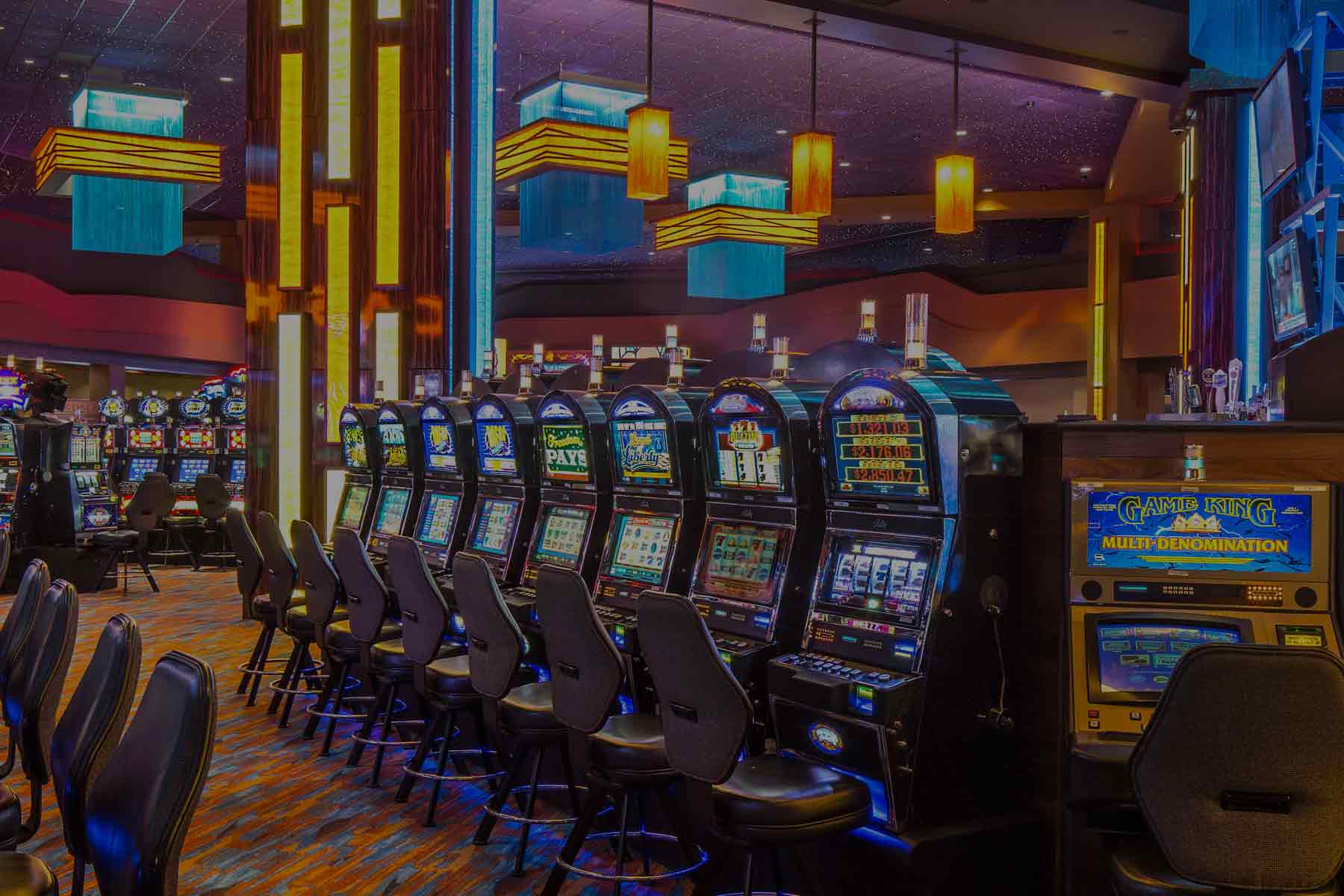
Casino games have long captivated the human imagination, drawing participants into a universe filled with luck, tactics, and the allure of adventure. Each activity is painstakingly crafted not just for enjoyment, but also to evoke particular emotional responses that keep participants involved and invested. Understanding the drives behind these designs reveals much about how psychology plays a vital role in the gaming experience.
From the bright lights and dynamic sounds to the intricate layering of guidelines and rewards, casino games are designed to create an atmosphere of anticipation and eagerness. Game designers leverage psychological principles to influence player behavior, whether through the use of winning opportunities, near-miss scenarios, or community engagement. By examining these elements, we can better appreciate how casino games fulfill not just a need for entertainment, but deeper psychological needs for excitement and uncertainty.
Casino games are designed with a deep understanding of player psyche, which is crucial for luring and retaining players. The excitement of the game, coupled with the expectation of winning, establishes a strong draw. Game designers employ elements like sonic elements, vibrant graphics, and engaging gameplay to engage attention and evoke emotional responses. These sensory elements enhance the overall experience, making players feel more involved in the game.
Another notable aspect of player behavior is the notion of risk/reward dynamics. Casino games often weigh high-stakes situations with the potential for considerable rewards, which can cause the event known as near-miss phenomenon. When players come close to winning, the brain produces dopamine, bolstering their behavior and motivating them to continue playing in search of that elusive win. This cycle of hope and disappointment plays a crucial role in how games are designed and advertised.
Lastly, social factors also play a critical role in player behavior at casinos. Many games are made to be played in pairs or in company with other players, creating a sense of belonging and collective experience. The social interaction inherent in games like baccarat enhances enjoyment and can culminate in extended gameplay. Designers leverage on this by creating environments that prompt players to stay, socialize, and return, making the overall casino experience more attractive.
Visuals and sound play a crucial role in elevating the gambler’s experience within gambling games. Designers utilize vibrant colors, eye-catching graphics, and captivating animations to grab gambler’s attention and sustain their interest. The use of themes, such as exploration or luxury, helps create an immersive atmosphere that transports players into another world. GA179 By connecting to the senses, these elements contribute to a heightened emotional response, prompting players to engage more deeply with the games.
Sound design is equally important in enhancing the overall experience of gambling games. The combination of ambient music, audio effects for winning combinations, and environmental noises creates an auditory landscape that holds players fascinated. Sounds associated with victories, such as chiming bells or festive music, evoke feelings of thrill and satisfaction, encouraging players to continue playing. These audio cues are strategically placed to amplify the excitement of the game and create a more immersive experience.
Additionally, the synchronization of imagery and sound is crucial for supporting the game’s overall theme and mood. Each element should coordinate seamlessly to create a cohesive experience that draws players in. The effective use of this synergy not only improves user enjoyment but also boosts the likelihood of repeat play, as players become more invested in the captivating world that the gambling games offer. This thoughtful combination of visuals and sound ultimately enhances player engagement and commitment.
The creation of gambling games heavily depends on incentive structures to ensure participants involved and returning for additional experiences. These systems are rooted in psychological theories that exploit human nature and motivation. Participants are often driven by the thrill of winning, which is reinforced by instant responses through the game structure’s mechanics. This instant gratification not just enhances the overall experience but also fosters a feeling of achievement, prompting participants to keep playing in hopes of greater gains.
Gaming establishments implement various reward structures, including jackpots, bonuses, and multipliers, to engage players. These elements create a level of excitement that maintains engagement. Additionally, the unpredictability of results plays a significant role in keeping interest. The variable reward system, where wins are random but occur often enough, keeps participants on edge and motivated to continue participating. This loop of hope and anticipation is foundational to the effectiveness of gambling experiences.
Furthermore, social elements, such as tournaments and multiplayer features, enhance the participation factor by leveraging the competitive nature of participants. The communal aspect of playing with fellow participants can amplify the thrill of success and create a community atmosphere within the casino. By integrating these social dynamics with effective incentive structures, gambling experiences not only offer entertainment but also foster a deeper bond among players, solidifying their commitment to the overall experience.